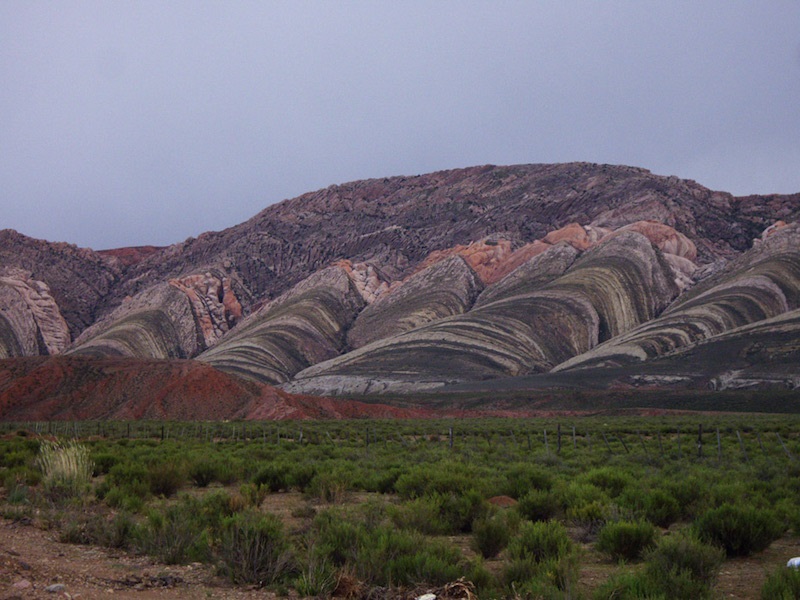Argentina is the second largest country in South America home to around 1000 species. With a wide variety of biomes, it stretches from the cold and temperate climates of Patagonia, up north to the tropic of Capricorn. The Andes cordillera runs along the western edge, declining gradually to the east into the pampas plains to finally ends on the extensive Atlantic coastline.
About a dozen species are endemics and another thirty near endemic or endemic breeders. To this can be added several specialties for which Argentina is the best place to look, and the spectacular ones such as Rheas, Seriemas, Penguins, Tapaculos and numerous weird waders such as Diademed Plover, Painted Snipe, Magellanic Plover, Seedsnipes and Sheathbills. The tropical north holds Toucans, Trogons, Tanagers, Antbirds, Manakins and Hummingbirds.
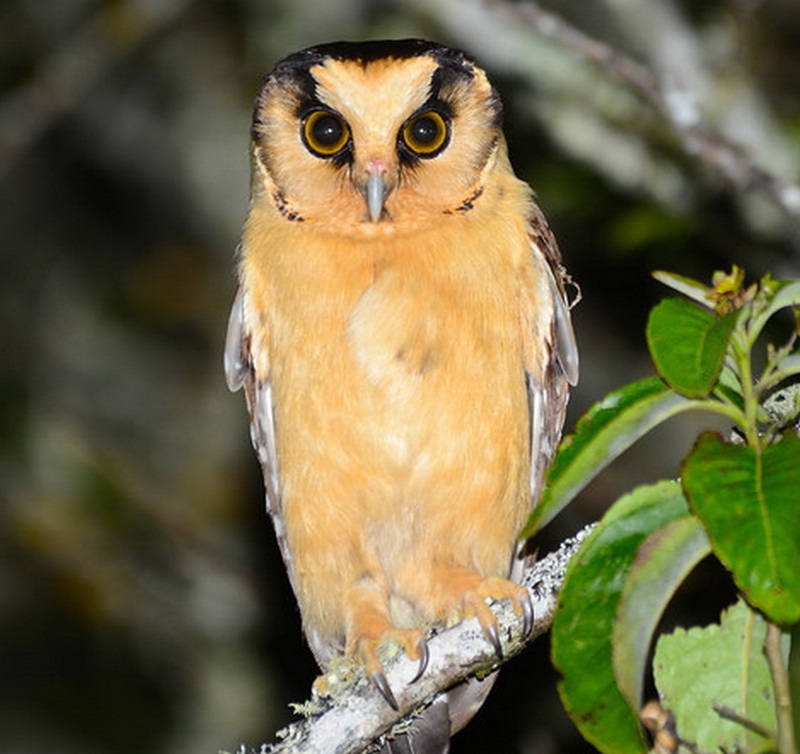
Birding in Argentina is comparatively easy compared to other South American countries. It’s a totally modern country, slightly European in atmosphere, with good infrastructure and safe travel. The challenge is the sheer size of the country, and the birding strategy applied must always take this into consideration. In four-five weeks it is possible to include all corners of Argentina: Two weeks for the south, and the rest divided between Northwest and Northeast. The choice is highly dependent on the birder’s experience of the region, but it wouldn’t be inaccurate to say that Argentina is perfect to start your South American list: within the diverse avifauna of the Neotropical region, most of the bird families and many genera are represented within Argentina’s diverse geography. So it’s ideal for learning the groups and working your way up north into other tropical countries, where too many species are sometimes overwhelming and difficult to retain.
Airlines cover the whole country and there is also an extensive system of long-distance buses. Road conditions are generally good, but travelling distances are usually big and some of the best birding areas are only reachable with 4×4 vehicles, so, even low budget birding in Argentina turns out more expensive than in many other Latin American countries due to the generally higher cost of living.
For people who prefer travelling in a group together with professional leadership, many of the top birding tour operators have years of experience in the country and visit all the main birding spots. Particularly in key areas, it’s convenient to have help from local birding specialists as they will save time (and money) pinpointing the precise areas for certain species.
The southern summer is the right time for travelling to Argentina. Springtime between October and January is probably the best, but all the other months are fine for the northern half of the country. In contrast, you should avoid travelling to the south in wintertime.
The wildlife regions comprise of the following:
Buenos Aires
The capital, is a great place to make base after a long flight, as there are excellent birding areas nearby, including the famous Costanera Sur Nature Reserve. The typical habitats are those of the Pampas plains and the nearby Plata and Paraná rivers. The woods and savannas of the adjacent province of Entre Rios are spectacular with Otamendi National Park on the way. On the other hand, a 280km trip to the south leads to San Clemente and Punta Rasa areas, on the shore of the Atlantic Ocean. A pelagic trip can be organized close by. The whole area is an excellent introduction to Argentina, with species such as Greater Rhea, Coscoroba and Black-necked Swans, Southern Screamer, Rosy-billed Pochard, Giant Wood-Rail, Olrog’s Gull, Painted Snipe, Chequered Woodpecker, Guira Cuckoo, Glittering-bellied Emerald, Rufous Hornero, Straight-billed and Curve-billed Reedhaunters, Spectacled Tyrant, Black-and-rufous Warbling-Finch, Red-crested Cardinal, Great Pampa-Finch, Ultramarine Grosbeak, Scarlet-headed Blackbird.
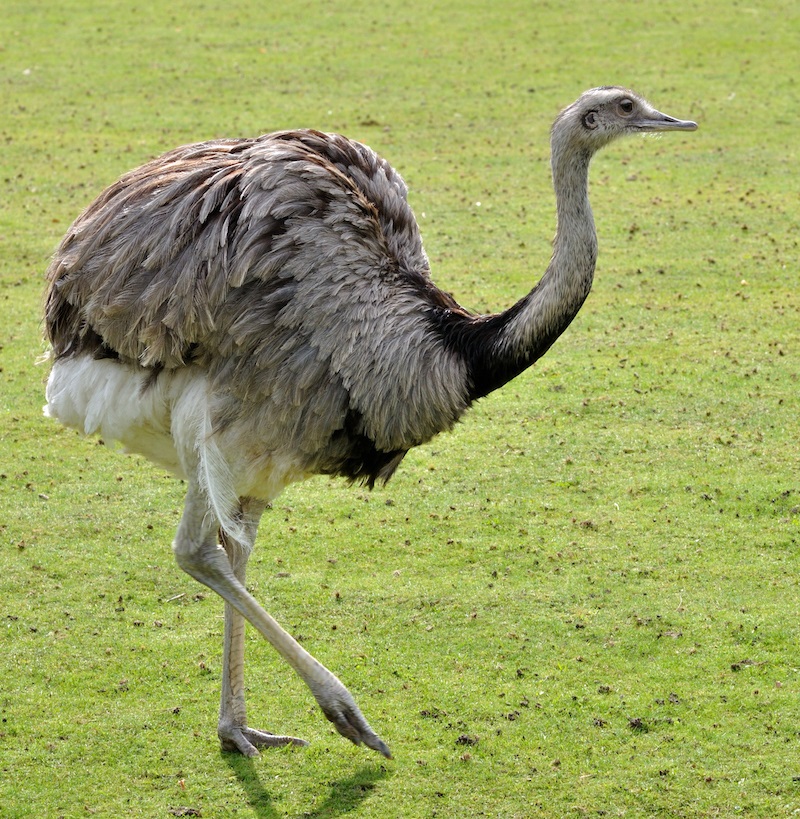
The South
Includes the vast region of steppes and south-beech forest known as Patagonia, from Bahía Blanca on the coast and Bariloche in the Andes, down to Tierra del Fuego. The famous Valdes Peninsula and the Glaciers of Santa Cruz are here. Approximately half of the endemics can be found in the region, as well as nearly 60 specialties which are only shared with adjacent Chile. Some examples of exclusively Patagonian birds are Patagonian Tinamou, Magellanic Penguin, Hooded Grebe, Imperial Shag, Black-faced Ibis, four species of Geese and all the Steamer-Ducks, Bronze-winged Duck, Chilean Hawk, Rufous-tailed Hawk, White-throated Caracara, Austral Rail, Blackish and Magellanic Oystercatchers, Magellanic Plover, White-bellied Seedsnipe, Snowy Sheathbill, Dolphin Gull, Chilean Pigeon, Austral Parakeet, Rufous-legged Owl, Austral Pygmy-Owl, Green-backed Firecrown, Striped Woodpecker, Chilean Flicker, Magellanic Woodpecker, Short-billed Miner, Dark-bellied Cinclodes, Des Murs’Wiretail, Thorn-tailed Rayadito, Austral Canastero, Black-throated Huet-huet, Chucao Tapaculo, Ochre-flanked Tapaculo, Magellanic Tapaculo, Patagonian Tyrant, Fire-eyed Diucon, Chocolate-vented Tyrant, Great Shrike-Tyrant, Ochre-naped Ground-Tyrant, Rufous-tailed Plantcutter, Austral Thrush, Patagonian Sierra-Finch, White-bridled Finch, Yellow-bridled Finch, Patagonian Yellow-Finch, Austral Blackbird, Black-chinned Siskin.
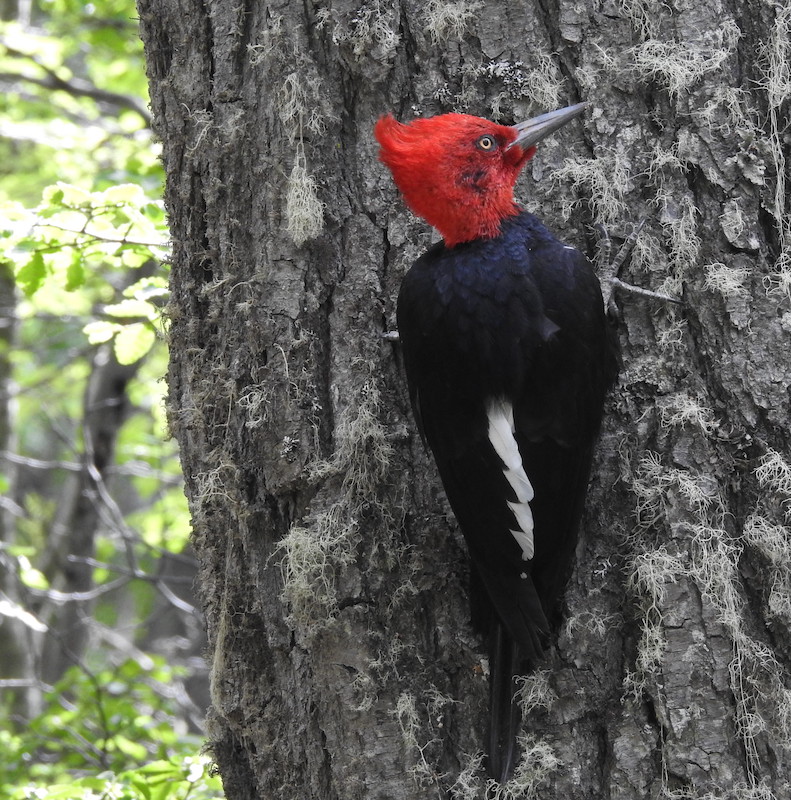
Magellanic woodpecker Campephilus magellanicus (Male above, female below) ©Chris Lotz Birding Ecotours
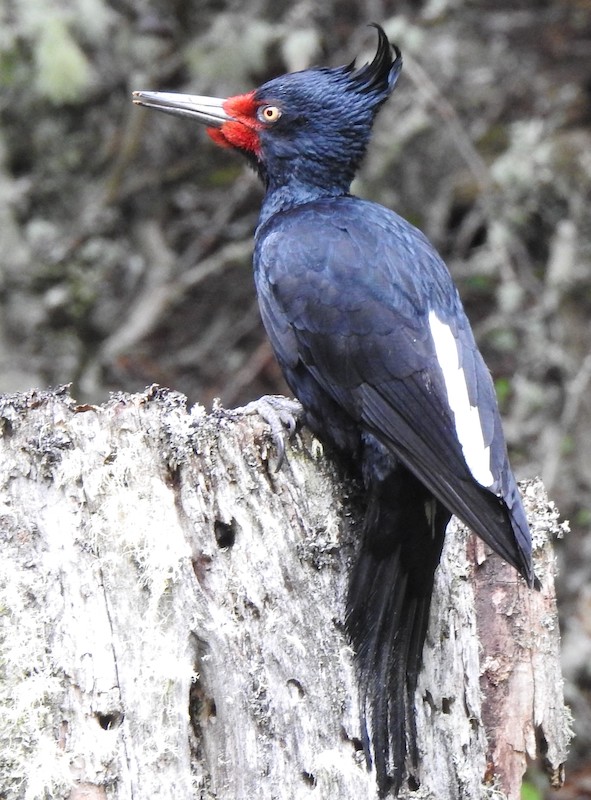
Endemic birds in this region include Chubut Steamer Duck, Sandy Gallito, White-throated Cacholote, Patagonian Canastero, Rusty-backed Monjita and Carbonated Sierra-Finch.
Bahía Blanca and San Antonio Oeste are two key areas for finding endemics, typical of Monte scrub and grassland specialties such as Pampas Meadowlark, Chaco Pipit and Yellow Cardinal. Adjacent coastal habitats are good for gulls, terns and waders.
Peninsula Valdés and Punta Tombo are probably the best known areas in coastal Patagonia, as they hold the largest Magellanic Penguin colony and other excellent birding areas, as well as several marine mammals including Orcas, Southern Right Whales, Southern Sea Lions and Southern Elephant Seals.
Bariloche is located at the same latitude but nestled in the Andes range. A city with a typical alpine atmosphere, it is a perfect base to explore the south-beech forest and high Andes habitats.
Santa Cruz province comprises the extreme south of the continent and is home for some of the most sought after birds, including the Hooded Grebe, discovered in 1974, the Austral Rail rediscovered in 1998, and the very elusive Patagonian Tinamou.
On the island of Tierra del Fuego, Ushuaia is an excellent birding area and the gateway to Antarctica, as many expedition cruises leave from there. It is therefore not uncommon for many Antarctica travellers to take advantage of the long trip and add some birding in Argentina before or after the cruise.

The North
Close to the tropic of Capricorn, a cross section from West to East cuts through an extraordinary succession of habitats, from the high Puna Altiplano in the northwest to the north-eastern Atlantic rainforest, and all that’s in between: the Yungas Cloudforest, the Monte Scrub, the Dry and Wet Chaco and the Iberá Marshlands. It’s not surprising then, that this area has the highest bio-diversity and building a 500 species list is not uncommon on a three-week trip.
The North-West includes the Andes Altiplano, home of the Puna habitats and high Andean lakes, the mountain forest or Yungas Cloudforest and the dry valleys, home to the endemic Monte scrub. The area is particularly important for endemics, since all the following can be found in the area: Moreno’s Ground Dove, Sandy Gallito, White-browed Tapaculo, Buff-breasted Earthcreeper, White-throated Cacholote, Steinbach’s Canastero and Yellow-striped Brush-Finch. This region is also the best place to look for near endemic Tucuman-Mountain Finch, and the rare Rufous-throated Dipper and Red-faced Guan.
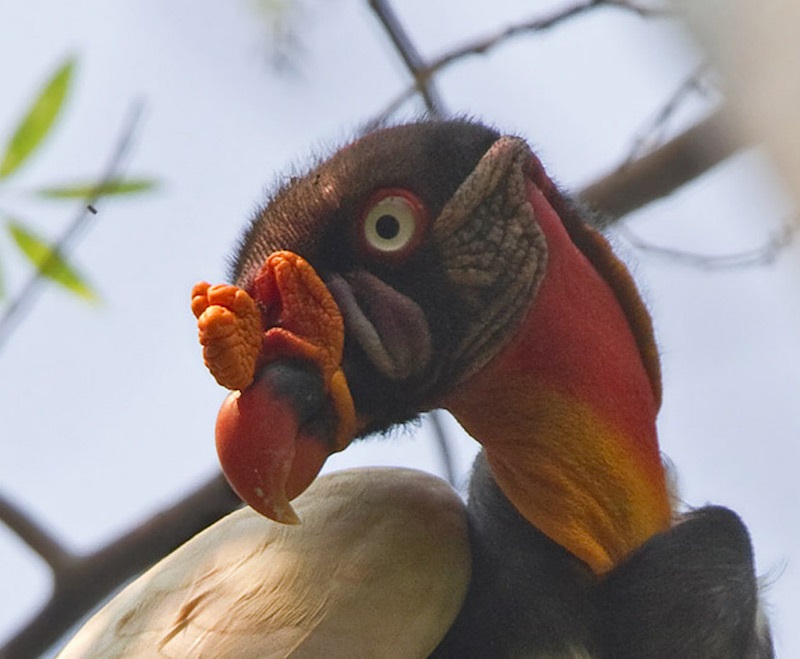
The North East comprises three areas where the bird diversity reaches its highest point: the massive wetland system of Iberá, the humid savannas of the Chaco and the rain forest of Iguazú falls on the border with Brazil. There are no endemics in the area, but several specialties and many spectacular birds, such as Jabiru Stork, Black-fronted Piping-Guan, five species of toucans, Black-collared Hawk, Yellow-breasted Crake, Large-billed Tern, Sickle-winged Nightjar, Spot-backed Antshrike, Speckle-breasted Antpitta, Spotted Bamboowren, Strange-tailed Tyrant, Blue Manakin, Red-ruffed Fruitcrow and numerous tanagers.
Tucuman province is usually the starting point of the trips to the northwest mountains, offering a good sample of forest, grasslands and dry valleys. Working your way north, you will pass through the beautiful landscapes of Salta province where one can virtually encounter all the habitats of the region: Yungas, Monte, Chaco and High Andes.
Calilegua National Park is probably the best site for cloud forest species, as it ranges from 800m to 1600m and you can encounter species from every different forest type.
Humahuaca Gorge, a world heritage site in the northernmost Jujuy Province, is where you reach the Puna Altiplano, a magic place to look for plentiful passerines and the most fascinating water birds such as Horned and Giant Coots, James’s, Andean and Chilean Flamingos, Andean Goose, Puna Plover, Andean Avocet and many others.
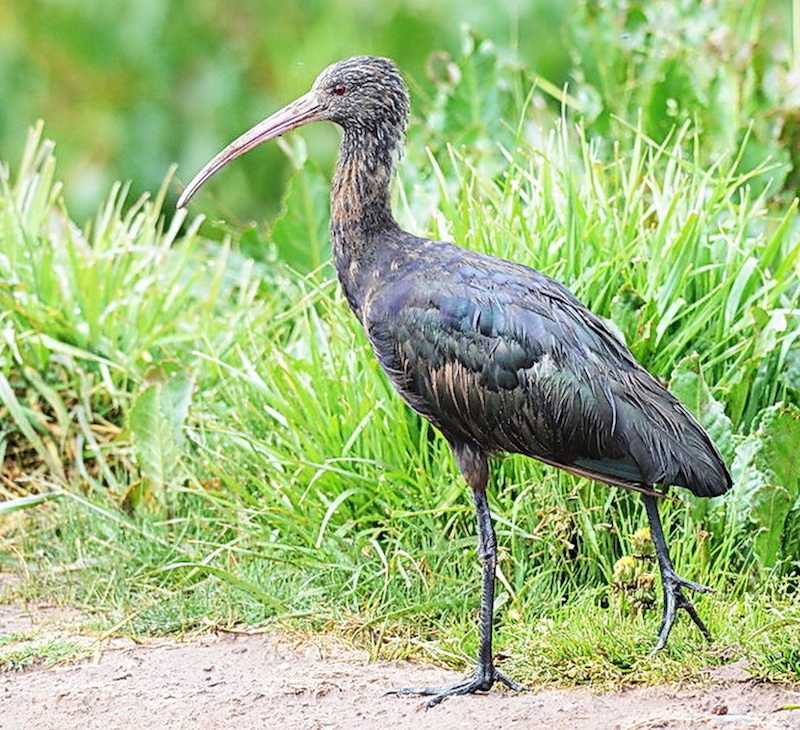
Cordoba province is a great choice if you want to add some extra days prior to your north-western trip, as you can score three more endemics: Cordoba and Olrog`s Cinclodes and Salinas Monjita. The mountains and flatlands of the area hold excellent areas with plenty of habitats ranging from Chaco woodlands, desert scrub and highland grasslands, home to Spot-winged Falconet, Black-bodied Woodpecker, Chaco Puffbird, Chaco Owl, Scissor-tailed Nightjar and Black-and-chestnut Warbling-Finch.
Mendoza province, although not commonly visited by the majority of birding trips, has the highest mountains in America, with the Aconcagua peak reaching 6,962m. A main highway leads directly into central Chile, which can be used not just for birding in both regions, but also for tasting some of the best wines in the world!
Iberá marshes are one of the greatest wetland ecosystems of the world. Comparable to the llanos of Venezuela and the Brazilian Pantanal, it is protected on most of its extension and holds an incredible and diverse wildlife. Jabiru Stork, Crested Doradito, Black-and-white Monjita, Strange-tailed Tyrant, Ochre-breasted Pipit, Saffron-cowled Blackbird and numerous Seedeaters of the enigmatic Sporophila group are some of the birds to look for here.
The Grand Chaco is an area of woods and wet savannah where hard wood forests intermingle with palm groves, marshes and grasslands. The Chaco is an excellent place to look for a variety of birds in each of the mentioned environments. Red-legged Seriema, Black-hooded Parakeet, Chaco Chachalaca and Golden-green Woodpecker are some examples of typical Chaco denizens.
Iguazú falls and Misiones province holds the largest patch of Atlantic rain forest, an ecosystem which formerly spread continuously into neighbouring Brazil and Paraguay. This is, without doubt, one of the birder’s paradises of Argentina and an absolute must in South America. With a province list of 500 species with 400 just in the Iguazú National Park, its difficult to choose the top birding sights, but perhaps 5,000 Great-dusky Swifts swarming above the roaring mist of the falls would give you an idea of the area’s potential? Other good birding areas lie south of the national park, which can be reached on a day trip or on a (highly recommendable) extended time in the area.
Top Birding Locations
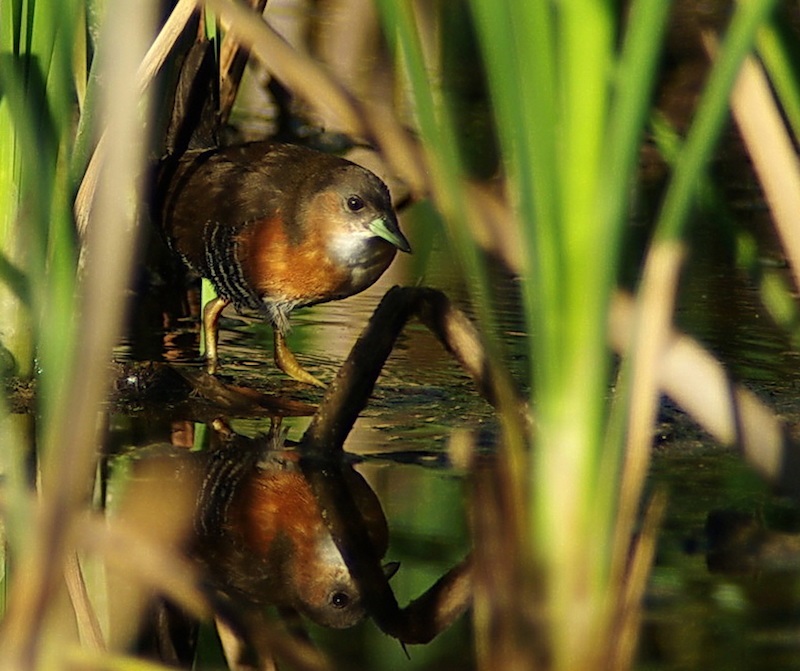
Iberá Wetlands
The huge Iberá wetlands, in the northeastern province of Corrientes, is a must with great birding in lagoons reed beds and tall grass. Not far from there is another prolific region: the Chaco, with its diverse vegetation including palms and ‘quebracho’ forests.
National and Provincial Parks
Argentina has many National and Provincial Parks dotted throughout the country. All of them are excellent for birding. Each park protects very different natural environments, assuring a wide variety of bird species. Most are also beautifully scenic. Touring these parks will take you to the cloud-forests of Calilegua in the north-western province of Jujuy, the dry and wet regions of the Chaco, the Andean forests near Bariloche and Esquel, the palm-belt near Colon in Entre Ríos province, or marine birds from the coasts of Tierra del Fuego
Puerto Madryn
Puerto Madryn, in Patagonia, is a good base from which to explore both the coast and the steppe. From here many tours offer day trips to Punta Tombo, the largest Magellanic Penguin colony, or to see the curious wildlife of the Valdéz Peninsula
Rainforests of Misiones
The rainforests of Misiones support a vast diversity of birds, while also offering a chance to see the spectacular Iguazú falls. A guide is recommended for this destination due to the difficulty of identification of very similar birds, and also to expose many species that often remain hidden in the undergrowth.
Other Top Sites:
Costanera Sur Nature Reserve, Otamendi Nature Reserve, Entre Ríos marshes and woodlands, The Pampas of San Clemente & Punta Rasa coastal reserve, Bahía Blanca grasslands and bays, San Antonio Oeste scrubland, Valdés Peninsula & Punta Tombo, Bariloche Southern beech woods, Santa Cruz province, Ushuaia & Tierra del Fuego, Tafí del Valle and Tucumán, Calilegua National Park, Humahuaca Gorge, Córdoba central hills and Salinas Grandes, The Grand Chaco, Iguazú falls and Misiones province
Major Source: Fatbirder
Map Source: Googlemaps™
Photo Source: © Birding Ecotours

